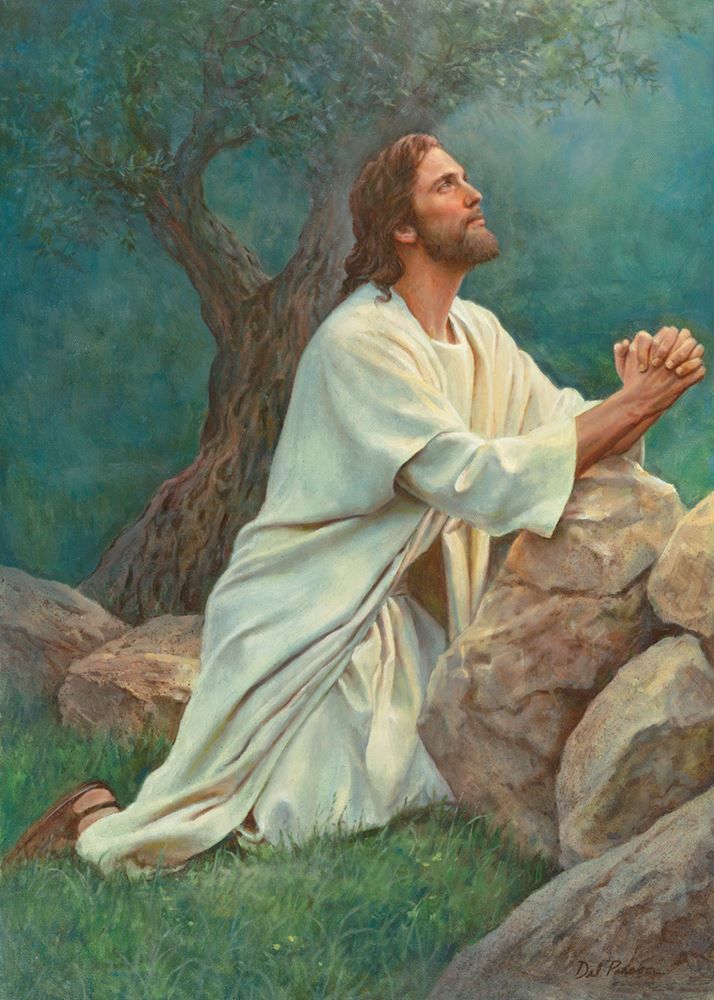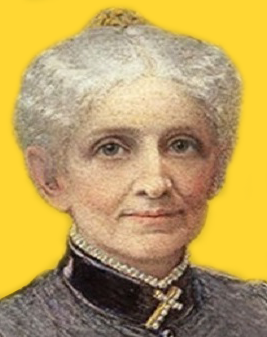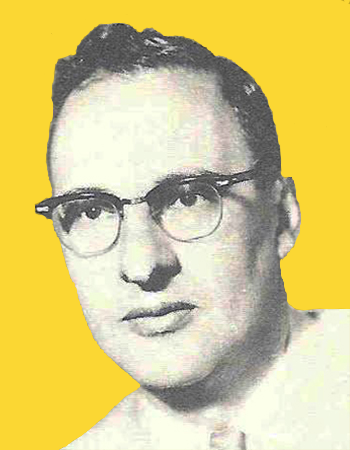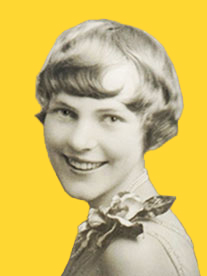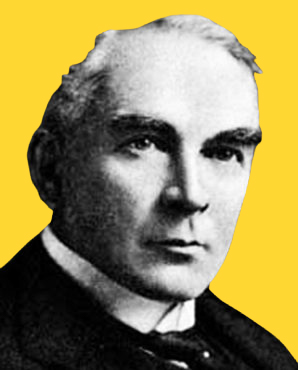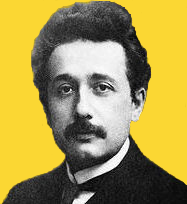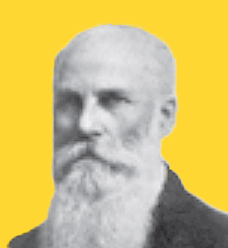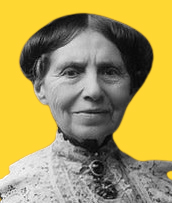"Blessed art Thou because everything that really is, is in this Book."
Ref: Thou ~ MBE
Science & Health
Albert Einstein and Christian Science by David Keyston
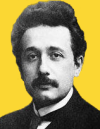
Albert Einstein
Albert Einstein & Christian Science ~ David Keyston
Science and Religion, or is it Spirituality? It’s all relative!
“Science without religion is lame; religion without science is blind.” — Albert Einstein
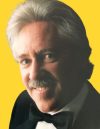
David Keyston
Albert Einstein & Christian Science
Science and Religion, or is it Spirituality? It’s all relative!
Few individuals know the relationship that one of the greatest scientists of our time had with Christian Science, and why it’s import is critical for the advancement of the age, spiritually.
Were you aware Albert Einstein studied Science and Health with Key to the Scriptures by Mary Baker Eddy (the Discoverer, Founder and Leader of Christian Science; 1821-1910), supported its conclusions, and admired its author, Mary Baker Eddy?
Dr. Einstein was known to visit Christian Science churches and Reading Rooms in the New York and New Jersey areas. There have been numerous anecdotes and quotes preserved over the years from individuals who have had knowledge of, or contact with Dr. Einstein, in connection with Christian Science.
R.S. of Washington, was told years ago by the librarian of the New York Reading Room which Dr. Einstein frequented, that upon his leaving the Reading Room one day he commented, ‘You people don’t know what you have in that book (meaning Science and Health with Key to the Scriptures, by Mary Baker Eddy).’
Dr. Einstein’s view on religion is well documented, except for his relationship with Christian Science, as revealed in these singular instances. Mary Baker Eddy’s textbook, Science and Health with Key to the Scriptures, while a companion textbook to the Bible, also stands wholly on it’s own as a treatise on understanding man (the generic sense of man, including woman) as the reflection of the One Infinite, God, a spiritual idea, not a mortal, material being.
It can be argued that Einstein was not a religious person per se, but rather sought the spiritual origin of all, as from the one infinite source of All, Creation.
In an affidavit by Mary Spaulding, wife of the famous violinist Alfred Spaulding, was preserved a conversation she had with Albert Einstein in the New York City Reading Room on 42nd Street. Dr. Einstein’s high regard for Science and Health is reflected in the following: ‘Science and Health is beyond this generation’s understanding. It is the pure science. And, to think that a woman knew this over eighty years ago!’
That, in and of itself, is a remarkable statement by the world’s preeminent scientist of the day. “It is the pure science.” What did Dr. Einstein mean? He was not one for obfuscation. Is this the science that was never dependent upon man or mankind’s determinism? In all of the quotes we have from this man in numerous arenas and prolificacy published, he employs a simplicity of relating his ideas and often in a humorous way.
He is known for his exploration of the various arenas of physics, even quantum physics as well as metaphysics, which all pertain to relativity.
When you sit with a nice girl for two hours you think it’s only a minute, but when you sit on a hot stove for a minute you think it’s two hours. That’s relativity. — Albert Einstein
It is interesting to note that Mrs. Eddy never intended Christian Science to become a permanent centralized ecclesiastical denomination per se, although after Mrs. Eddy’s passing in 1910 it has been been perpetuated as such. Her primary desire was that her revelation of Divine Science was to become an adjunct to all Christian religious thought as a practical means of metaphysical Mind-healing (Mind, with a capital “M”, as a synonym for God). Although a few Christian Protestant religious sects did in fact adopt her textbook (around 1900), it never gained the notoriety she envisioned. But, this, was precisely what Einstein saw in her book. It breathed the tones of divine physics, and he recognized that innately, and was why he continued to visit the Christian Science church services and Reading Rooms.
A [librarian] in the [C. S. Reading Room] in Princeton, New Jersey told me that Dr. [Albert] Einstein was one of the most frequent visitors to the Reading Room. He would come in and spend an hour or two just reading Science and Health. One day as he was leaving the Reading Room, he stopped at the librarian’s desk, and said: If everyone realized what is in that book (meaning Science and Health), you would not have enough room anywhere to accommodate the people who would be clamoring for it.’ — Reminiscences of Elizabeth Earl Jones, from The Healer: The Healing Work of Mary Baker Eddy, p. 189.
Certainly, both Dr. Einstein and Mrs. Eddy were aware of the field of quantum physics and its relationship to metaphysics, although it may not have been known colloquially by that name at the time. Mrs. Eddy’s discovery of Christ Jesus’ healing methods was a mammoth revelation in her day, a system whereby millions have been healed by this divine Science of every malady known to mankind, but it was above all a Science made preeminently practical to the human consciousness. This divine revelation to her receptive thought was what underpinned a couple of the observations that Albert Einstein made concerning Mrs. Eddy’s paradigm-shifting work. Dr. Einstein once said, “The religion of the future will be a cosmic religion. It will have to transcend a personal God and avoid dogma and theology. Encompassing both the natural and the spiritual, it will have to be based on a religious sense arising from the experience of all things, natural and spiritual, considered as a meaningful unity.” This is what resonated so with Dr. Einstein in regards to what he consistently read in Science and Health with Key to the Scriptures. It was not the religion so much as the spirituality.
Another anecdote told to the author (ChristianScience.org) by Helen M. Wright (with whom he worked with for 8-1/2 years), was the following: Dr. Einstein was at one time, in leaving a Christian Science church service (where apparently he attended more than once), one of the ushers asked him, “Dr. Einstein, I have seen you here several times. Why don’t you join our church?” His response was wordless, simply patting his breast pocket where the stem of his pipe protruded slightly, whereupon he turned and walked out with a mischievous smile (in Christian Science churches one has historically not been admitted to membership if they drink alcohol or if they smoke, leaving that demonstration to the individual during their time of attendance, but prior to actually joining the membership of the church — Dr. Einstein knew this and was satisfied to enjoy the discovery of what Mrs. Eddy left us in her textbook, Science and Health with Key to the Scriptures, but without ever joining a church). Recently (10/2012), another friend confirmed this fact when she emailed us, telling us she had visited Fifth Church in New York, and speaking with one of the members there, had been told that Albert Einstein often sat in the back of the church during services.
Mary Baker Eddy, as the Discoverer and Founder of Christian Science, encountered much opposition from mainstream theology when she rejected the idea of a “personal God” — personal referring to the notion of an anthropomorphic figure somewhere in the heavens watching over/judging the universe, and that one needed to grow beyond that idea. In 1885 in a talk at Tremont Temple in Boston, speaking to the prominent theologians of the day, she was asked,
• Do I believe in a personal God? I know not what the person of omnipotence and omnipresence is, or what the infinite includes; therefore, I worship that of which I can conceive, first, as a loving Father and Mother; then, as thought ascends the scale of being to diviner consciousness, God becomes to me, as to the apostle who declared it, “God is Love,” — divine Principle, — which I worship; and “after the manner of my fathers, so worship I God.”
Albert Einstein wrote,
• I cannot conceive of a personal God who would directly influence the actions of individuals, or would directly sit in judgment on creatures of his own creation.
Mary Baker Eddy and Albert Einstein are both known for forwarding concepts of the physical universe quite different from those generally accepted by the scientists of their day.
Mary Baker Eddy:
• There is no life, truth, intelligence, nor substance in matter.
• Metaphysics is above physics, and matter does not enter into metaphysical premises or conclusions.
Albert Einstein:
• Science / Physics is inclined to be misled because both of its truths are deceptive.
• Metaphysics is universal and is exclusively concerned with primary substance.
Albert Einstein would later discover the non-material nature of the universe of what appeared to be matter, as his equation revealed the relationship between mass and energy. Mary Baker Eddy has much to say about energy, force, etc, and her use of the word ‘Principle’ above includes the ideas of law, force, energy — the non-material, spiritual dimension of the universe. Mary Baker Eddy refers to “the divine energy of Spirit.” While Albert Einstein never became a Christian Scientist, he often spoke with people about Mary Baker Eddy’s writings. Becky glimpsed insights from both.
Albert Einstein:
• ...one of the strongest motives that lead men to art and science is escape from everyday life with its painful crudity and hopeless dreariness, from the fetters of one’s own ever-shifting desires.
From a poem by Mary Baker Eddy:
• Soul, sublime ‘mid human debris, Paints the limner’s work, I ween, Art and Science, all unweary, Lighting up this mortal dream.
[Becky] wrote in her notebook this quote from “Einstein as I Knew Him,” by Alan Windsor Richards:
• Thus it is that Einstein’s work still challenges us to answer this question: ‘Is the world really the way it seems to us?’
Some other Albert Einstein quotes on religion, art, and science:
• My religion consists of a humble admiration of the illimitable superior spirit who reveals himself in the slight details we are able to perceive with our frail and feeble mind.
• True religion is real living; living with all one’s soul, with all one’s goodness and righteousness.
• The most important function of art and science is to awaken the cosmic religious feeling and keep it alive.
• I maintain that cosmic religiousness is the strongest and most noble driving force of scientific research.
• Man tries to make for himself in the fashion that suits him best a simplified and intelligible picture of the world; he then tries to some extent to substitute this cosmos of his for the world of experience, and thus to overcome it. This is what the painter, the poet, the speculative philosopher, and the natural scientists do, each in his own fashion. Each makes this cosmos and its construction the pivot of his emotional life, in order to find in this way peace and security which he can not find in the narrow whirlpool of personal experience.
• The human mind is not capable of grasping the Universe. We are like a little child entering a huge library. The walls are covered to the ceilings with books in many different tongues. The child knows that someone must have written these books. It does not know who or how. It does not understand the languages in which they are written. But the child notes a definite plan in the arrangement of the books —a mysterious order which it does not comprehend, but only dimly suspects.
• A human being is a part of a whole, called by us—universe—, a part limited in time and space. He experiences himself, his thoughts and feelings as something separated from the rest a kind of optical delusion of his consciousness. This delusion is a kind of prison for us, restricting us to our personal desires and to affection for a few persons nearest to us. Our task must be to free ourselves from this prison by widening our circle of compassion to embrace all living creatures and the whole of nature in its beauty.
• Scientists were rated as great heretics by the church, but they were truly religious men because of their faith in the orderliness of the universe.
• Where the world ceases to be the scene of our personal hopes and wishes, where we face it as free beings admiring, asking and observing, there we enter the realm of Art and Science
• I am enough of an artist to draw freely upon my imagination. Imagination is more important than knowledge. Knowledge is limited. Imagination encircles the world.
• The most beautiful thing we can experience is the mysterious. It is the source of all true art and science. He to whom this emotion is a stranger, who can no longer pause to wonder and stand rapt in awe, is as good as dead: his eyes are closed.
• What I see in Nature is a magnificent structure that we can comprehend only very imperfectly, and that must fill a thinking person with a feeling of “humility.” This is a genuinely religious feeling that has nothing to do with mysticism.
• It is the supreme art of the teacher to awaken joy in creative expression and knowledge.
• Space and time are forms of intuition, which can no more be divorced from consciousness than can our concepts of color, shape or size.
• The true sign of intelligence is not knowledge but imagination.
• True art is characterized by an irresistible urge in the creative artist.
• It has become appallingly obvious that our technology has exceeded our humanity.
• The one who follows the crowd will usually go no further than the crowd. The one who walks alone is likely to find himself in places no one has ever been before. 